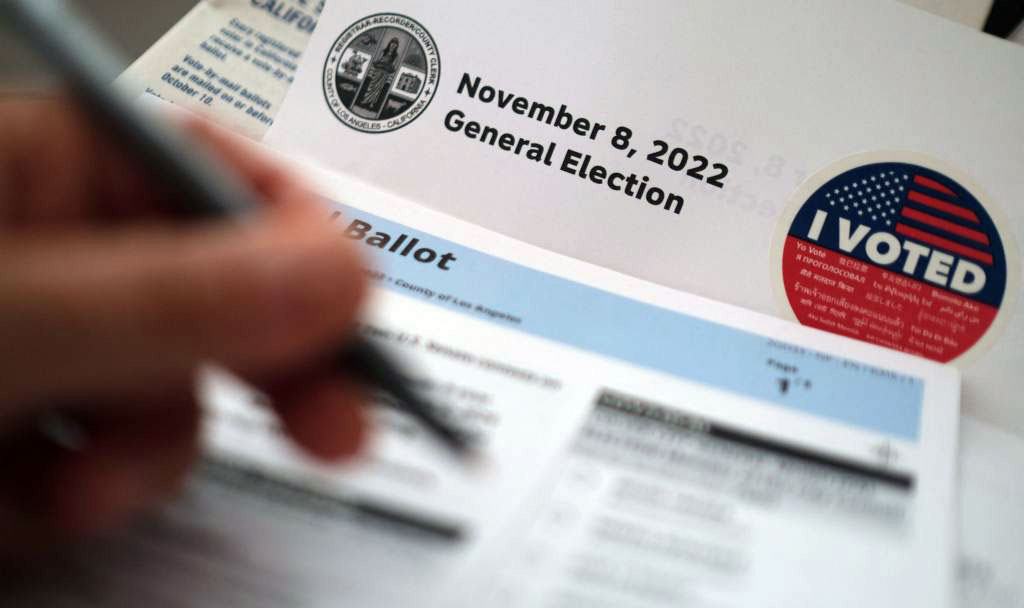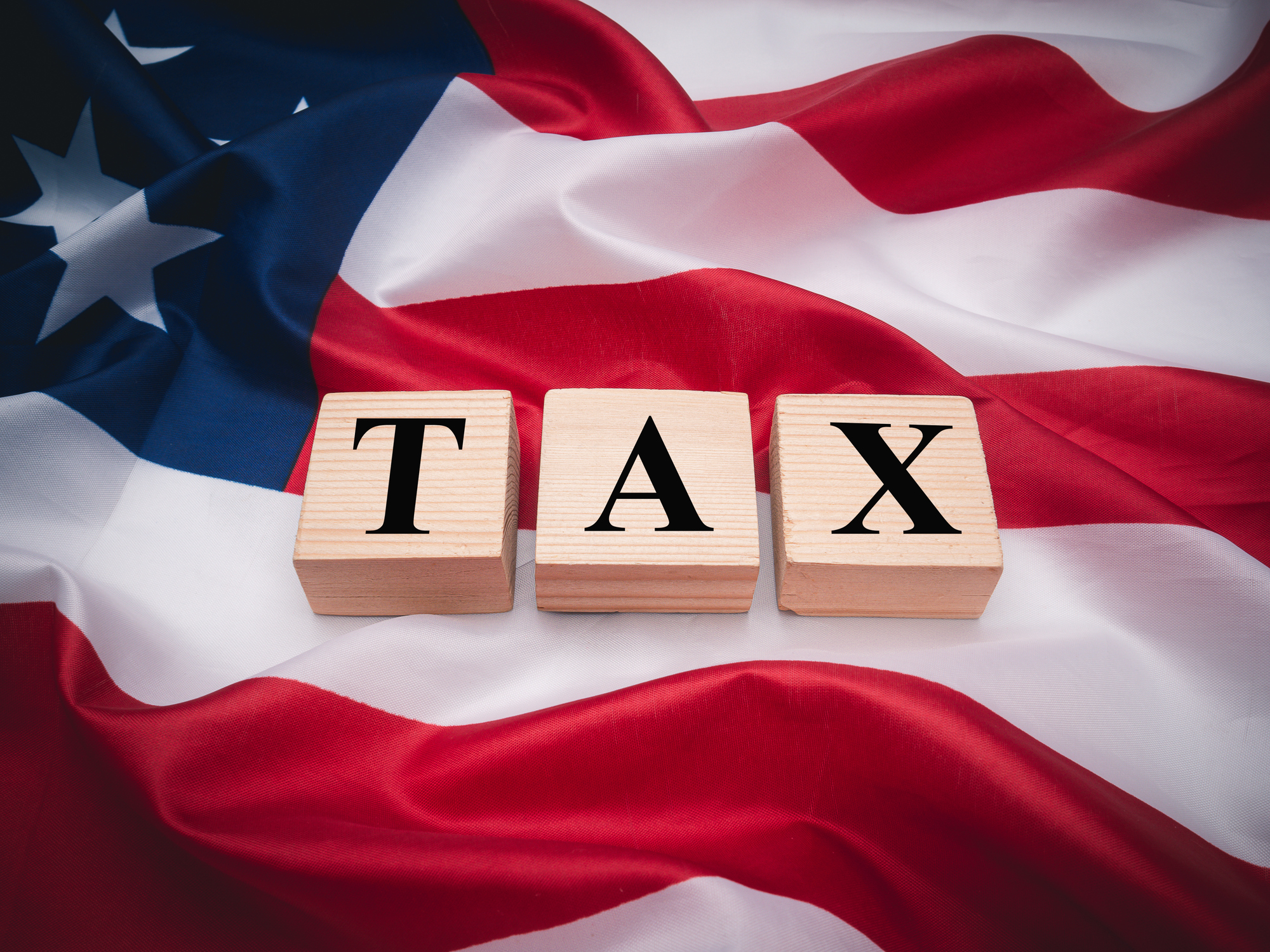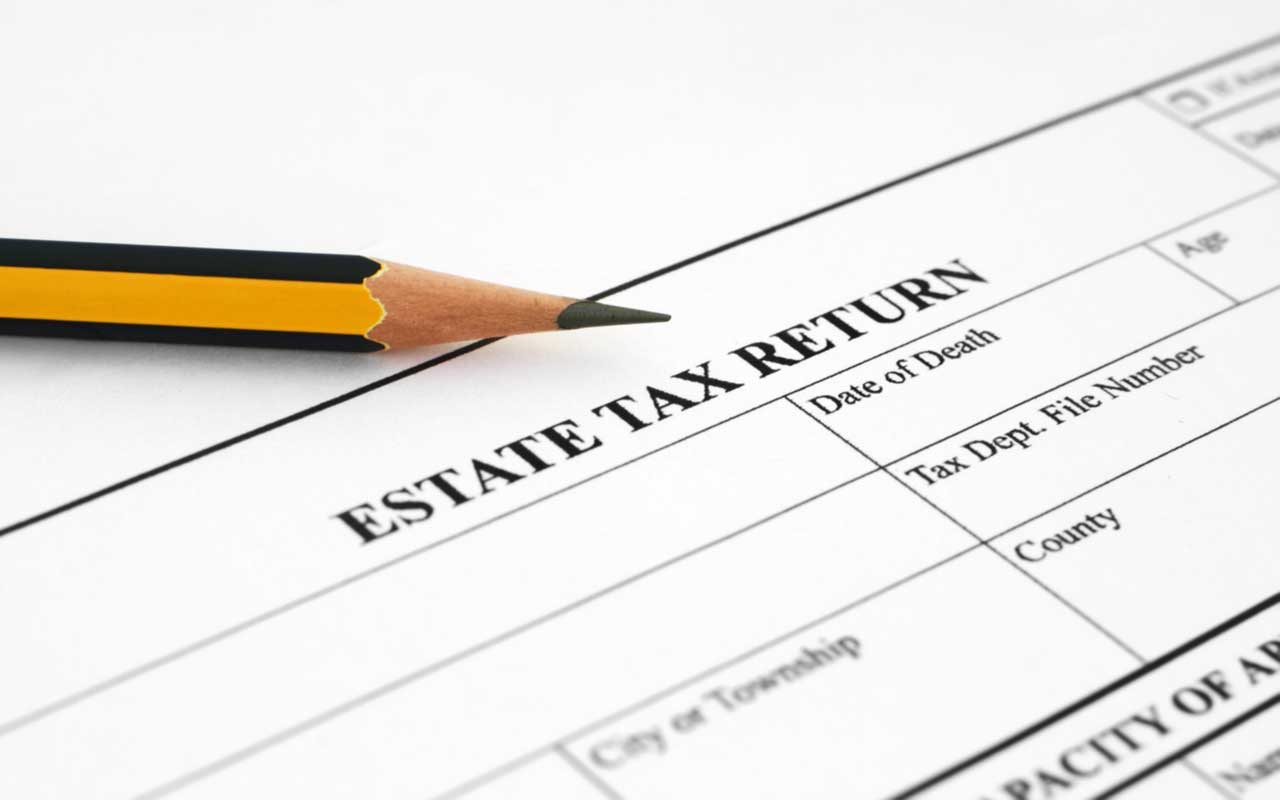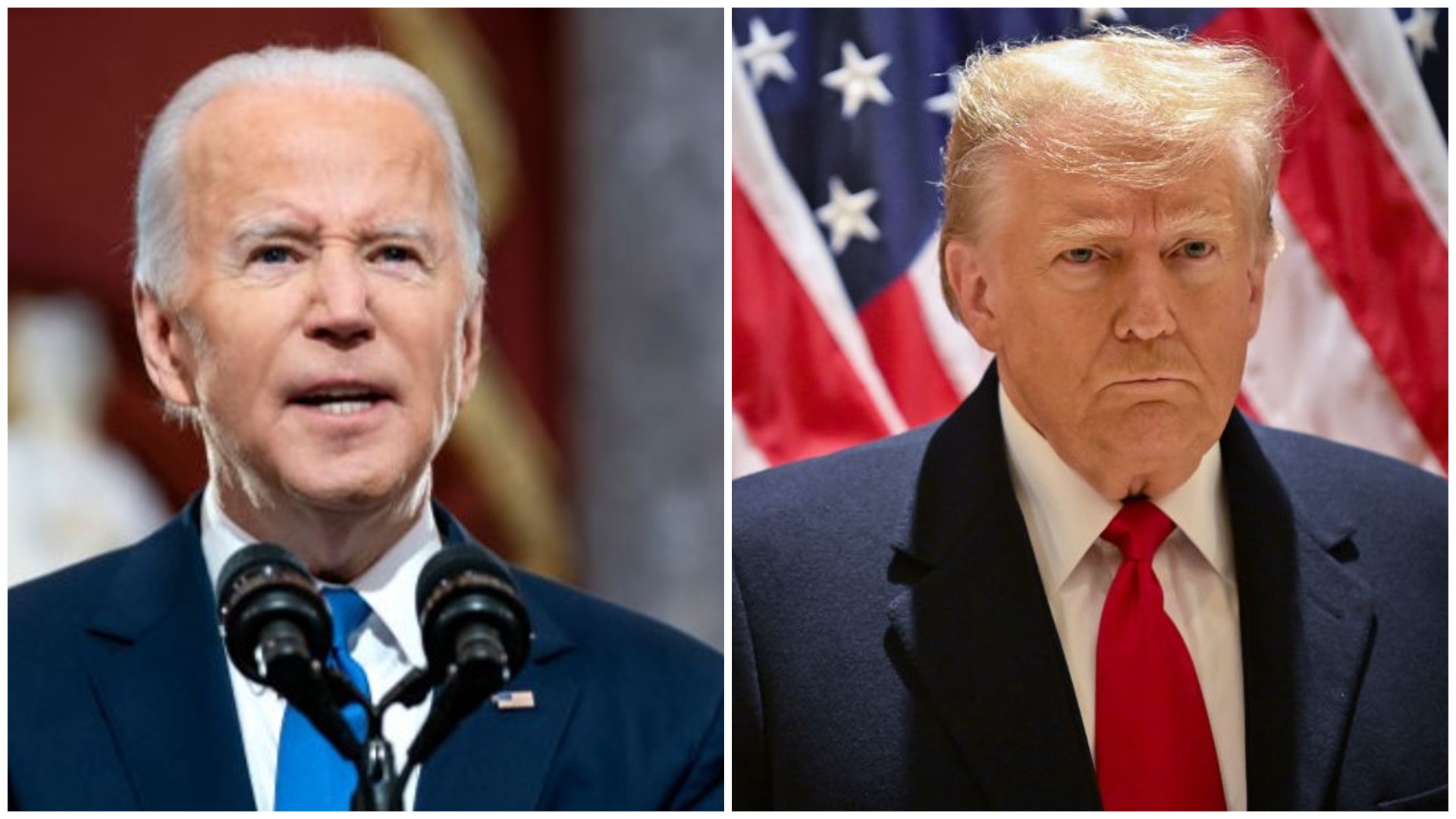Who Will Win the Midterm Elections This November?
The race for control of the Senate remains tight, but Republicans appear likely to take back control of both chambers of Congress.

With the midterms fast approaching, Republicans are poised to gain enough seats to take back both the House and Senate and serve as a check on the Biden administration.
How to account for the recent GOP surge? First, it was supposed to be a Republican year. The president’s party almost always takes a beating during the midterms. So, it should be no surprise that political conditions shifted back in favor of the GOP, following a temporary Democratic upswing earlier this fall.
According to Real Clear Politics, Republicans currently have about a three-point advantage on the generic ballot, a rough proxy for which party voters want to control Congress, after trailing Democrats for much of September.
Second, President Biden remains unpopular, with an average approval rating of around 43%. That’s better than it was this summer, when only 37% of voters, on average, thought Biden was doing a good job, but not enough to prevent big Democratic losses at the ballot box.
Moreover, Biden’s approval rating has started to drift lower again, with high inflation likely to persist for 2022. What does this mean in terms of how many seats Republicans will win? In the House, expect a net GOP gain of at least 20 seats, slightly greater than our September estimate (15), but slightly below our initial spring forecast (25). “At least” accounts for the fact that Republicans could build on their advantage in the final days and flip even more seats.

Sign up for Kiplinger’s Free E-Newsletters
Profit and prosper with the best of expert advice on investing, taxes, retirement, personal finance and more - straight to your e-mail.
Profit and prosper with the best of expert advice - straight to your e-mail.
Remember, Republicans need to gain only five seats to retake the House. In the Senate, the GOP needs to flip one seat without losing any of theirs. We think they will, but it will be close. The three Democratic-held seats most at risk: Arizona, Georgia and Nevada, where the Republican candidate either leads or is within the margin of error.
2022 voter turnout remains a wildcard
Democrats at one point were heavily favored to flip Republican-held Pennsylvania, but health problems have dogged Lt. Gov. John Fetterman (D) and helped his GOP opponent, Mehmet Oz, close the gap. Wisconsin, another seat that Democrats hoped to flip, has also trended toward Republicans in recent weeks.
One factor that hasn’t changed, despite the various twists and turns: Voter turnout in the midterms is expected to reach record highs, which could upset our expectations, rooted in previous, low-turnout midterms. For example, younger voters showing up in greater-than-usual numbers could give Democrats a boost, though older GOP-friendly voters are also fired up.
Get Kiplinger Today newsletter — free
Profit and prosper with the best of Kiplinger's advice on investing, taxes, retirement, personal finance and much more. Delivered daily. Enter your email in the box and click Sign Me Up.

-
 The AI Doctor Coming to Read Your Test Results
The AI Doctor Coming to Read Your Test ResultsThe Kiplinger Letter There’s big opportunity for AI tools that analyze CAT scans, MRIs and other medical images. But there are also big challenges that human clinicians and tech companies will have to overcome.
By John Miley Published
-
 The Best Places for LGBTQ People to Retire Abroad
The Best Places for LGBTQ People to Retire AbroadLGBTQ people can safely retire abroad, but they must know a country’s laws and level of support — going beyond the usual retirement considerations.
By Drew Limsky Published
-
 Six Hurdles for Trump's Tax Bill
Six Hurdles for Trump's Tax BillThe Tax Letter While the odds for a new tax bill in 2025 are quite good, there are some sticking points that President Trump and Congress will have to work through.
By Joy Taylor Published
-
 The Key Presidential Campaign Issues of 2024
The Key Presidential Campaign Issues of 2024The Letter Donald Trump and Kamala Harris stake out their positions on trade, immigration, and taxes.
By Matthew Housiaux Published
-
 Changes to Estate Tax Are Coming... Six Options Congress Could Take
Changes to Estate Tax Are Coming... Six Options Congress Could TakeThe Tax Letter An important estate tax change is looming. Here are six ways that Congress might address estate taxes in 2025.
By Joy Taylor Published
-
 A Look at Kamala Harris's Tax Plans Ahead of the Election
A Look at Kamala Harris's Tax Plans Ahead of the ElectionThe Tax Letter Under Harris's tax proposals, upper-income individuals would pay more taxes, while the middle class and lower-income people would pay less.
By Joy Taylor Last updated
-
 An Early Look at the 2024 Presidential Race
An Early Look at the 2024 Presidential RaceThe Kiplinger Letter Two months out, presidential candidates, Harris and Trump are neck and neck. An early look at the election picture.
By Matthew Housiaux Published
-
 Taking Stock of the Presidential Race: The Kiplinger Letter
Taking Stock of the Presidential Race: The Kiplinger LetterThe Kiplinger Letter As Trump consolidates Republicans, Biden faces pressure to drop out.
By Matthew Housiaux Published
-
 Congress Spends Big on Closing the Digital Divide
Congress Spends Big on Closing the Digital DivideThe Kiplinger Letter A massive spending program is designed to bring high-speed internet to rural and remote locations.
By John Miley Published
-
 Future U.S. Economic Growth Hinges on Immigrants
Future U.S. Economic Growth Hinges on ImmigrantsThe Kiplinger Letter With the native birthrate slipping, employers are increasingly relying on foreign-born workers to staff up.
By David Payne Published
